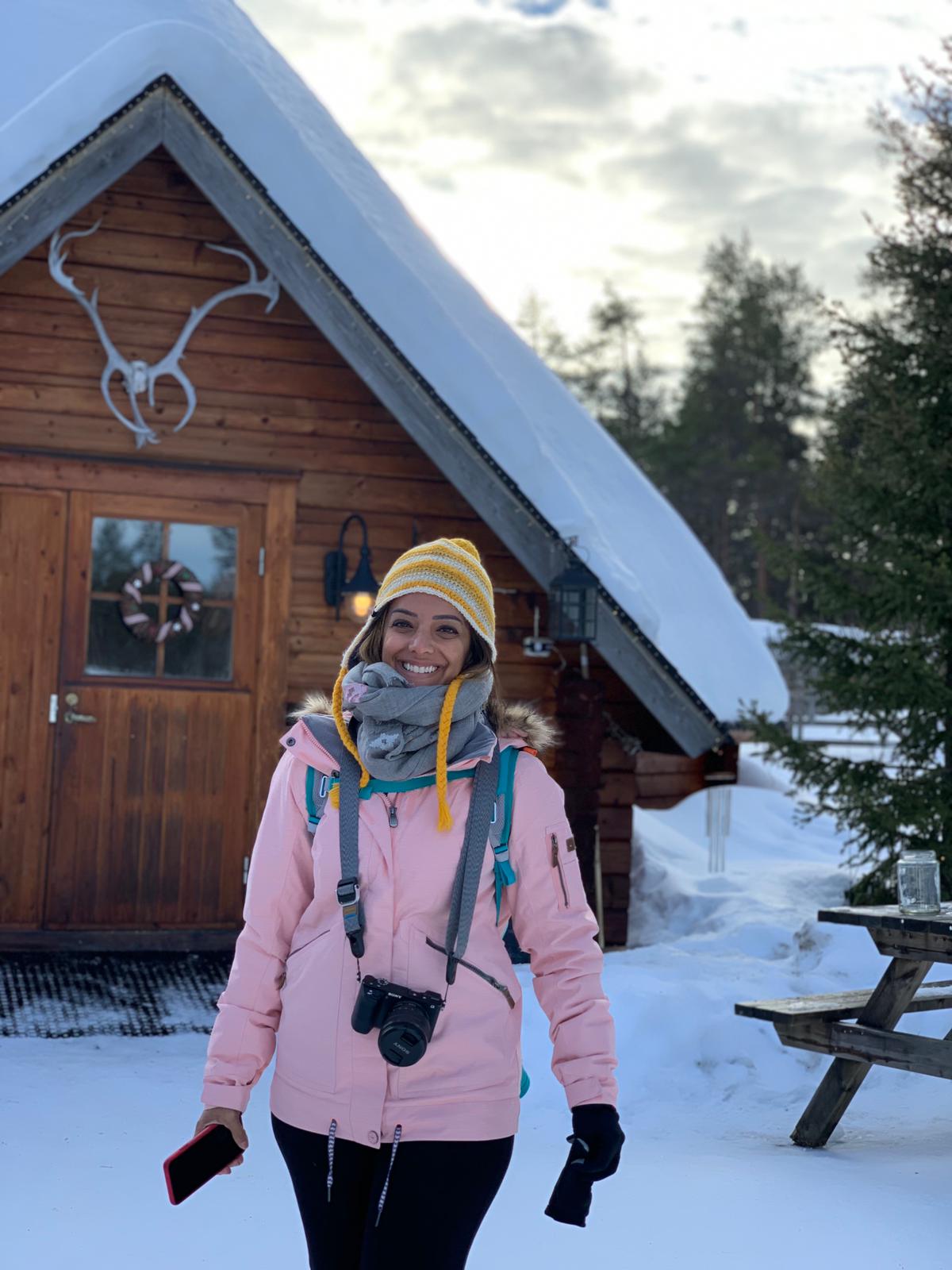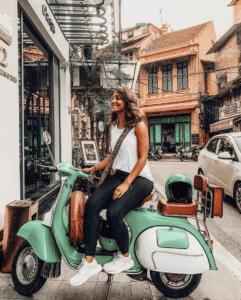What do I wear in cold destinations? A question I get asked often especially for cold destinations and precisely for Finland (goes down to -26 degrees Celsius).
The answer always depends on how cold it is, your activities whether you’ll be staying indoors or outdoors often, is the cold snow kinda cold -23 or is it a dry cold with no snow or showery/rainy cold? So these are all questions that would help you determine what do pack for your upcoming winter destination trip.
That said, I can help direct you towards where to start, and where to look for winter destinations shopping and layering.
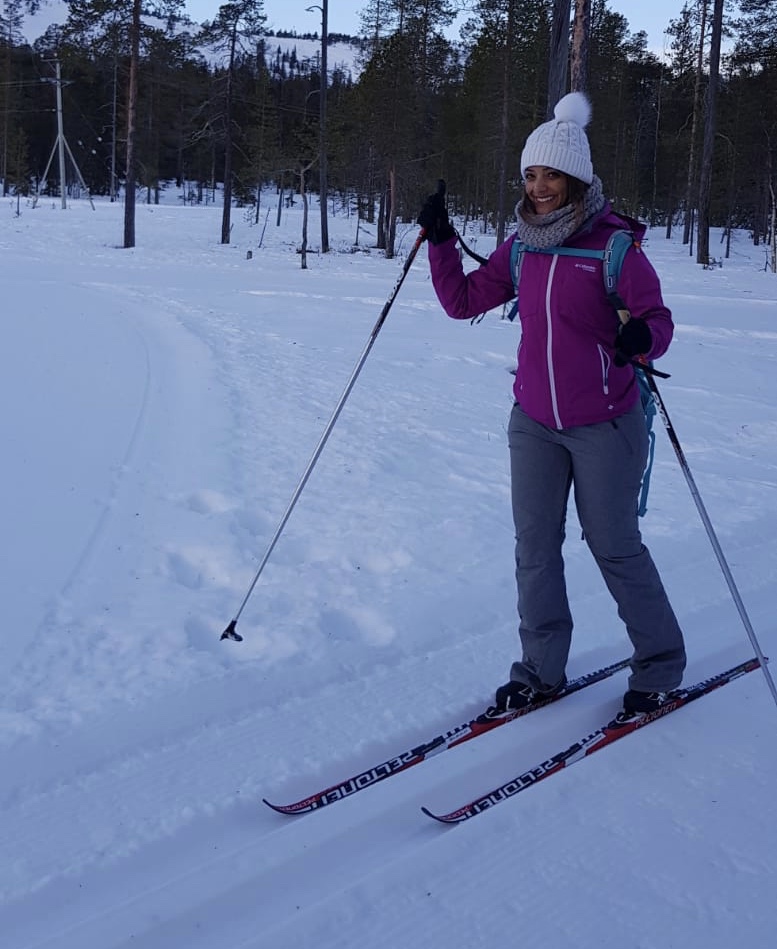
1. Winter Coat
Things to look for in a good winter coat for Cold destination/Finland:
- Designed for cold temperatures below freezing/ Ask the shop specialists and sales people about cold temperature coat/ski coat.
- Down filled or down alternative filled – a bit weightier down coats will keep you warmer. Also sometimes the ski jackets get paired up with warm fleece under the coat, those ones are good and warm too!
- A coat that has a hood is always recommended, especially one with an adjustable drawstring
- Wind resistant or windproof – you’ll want to keep out the chilling winds.
- Water resistant is always a plus and it does come in most ski coats but not in all coats, so make sure you ask about that as well. If this packing list is for Nordic countries and Finland, then water proof is a big yes.
- Hip length or longer – the longer designs will keep your backside warm as well
Remember when trying on coats at a store or ordering online, that you need to think about what you will be wearing underneath.
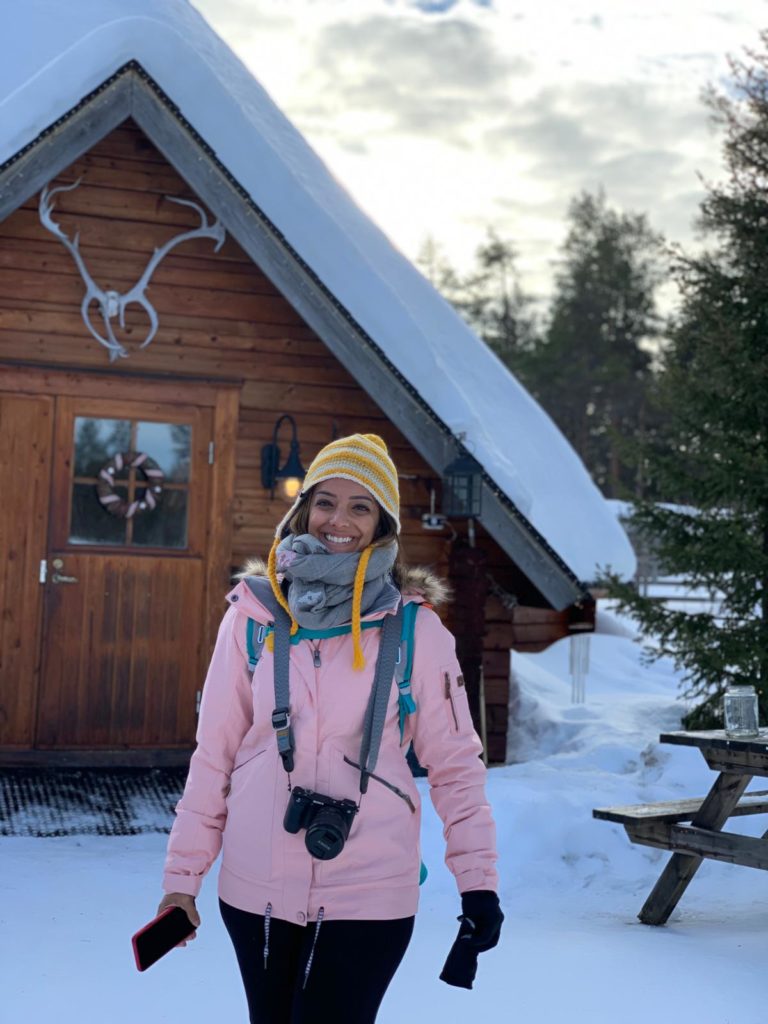
Brands I personally used and trust for winter coats are Columbia, The North Face, Patagonia, REI, Marmot, HH, Canada goose and Ice-Breaker.
2. Thermals and Baselayers
Baselayers may also be called long underwear, thermals or thermal underwear. All are referring to warm underlayers that you wear closest to your skin under your regular clothes. You’ll want a long-sleeved top and a set of bottoms.
The most important thing is that you want thermal baselayers that are breathable and will take the moisture away from your skin.
I’d recommend bringing along two sets of baselayers if you are going to be spending more than a few days in the winter weather. If you are only packing one set, just be sure to buy durable quick drying ones that you can wash and dry overnight as needed.
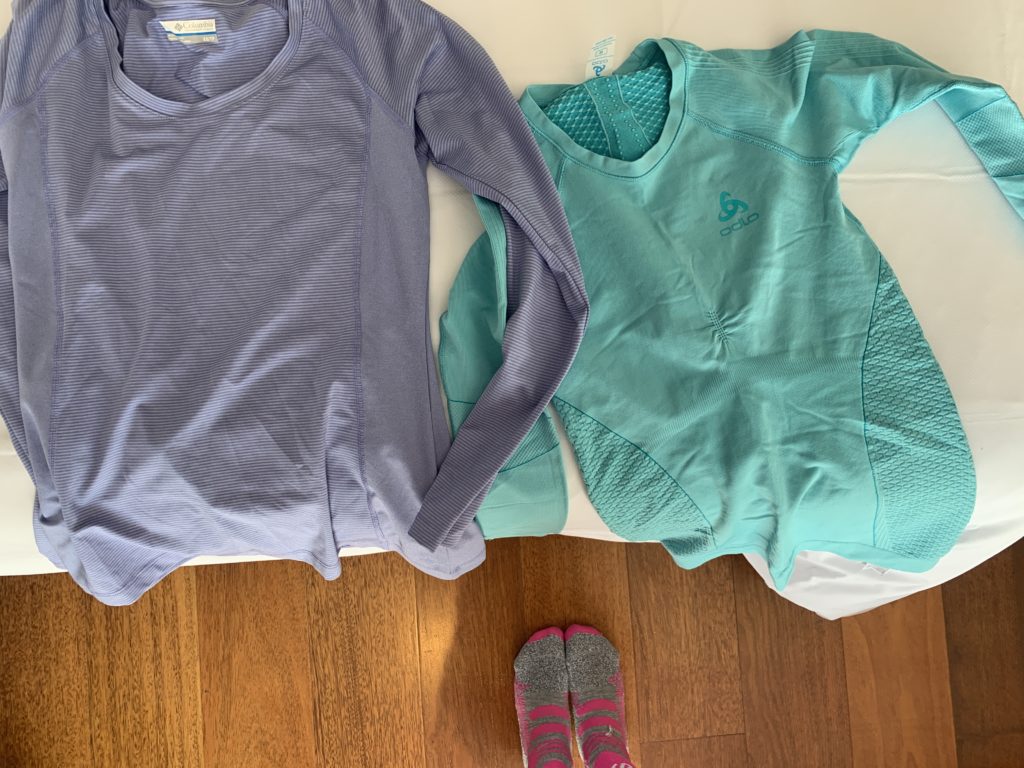
- Look for items made of wool, polyester, or a polyester blend. Avoid cotton.
- Wool is one of the best materials for extracting moisture & retaining heat. Even if you get wet, it will still keep you warm. However, wool can be itchy and scratchy, so test the fabric against your skin before packing. If you have sensitive skin, consider an alternative to regular sheep’s wool such as lambswool, cashmere, merino wool, or alpaca products.
- If you are looking for a good wool alternative, look for a polyester base layer. Polyester is not quite as warm as wool, but is quick drying, lightweight, and will take away moisture from the skin. Polyester base layers are also usually more durable than wool so will often last longer after multiple washings.
- Choose a baselayer designed for cold weather temperatures. Some lighter base layers are designed for milder climates.
- You want the baselayer to be close-fitting but not constricting.
- Merino wool base layers are great! Ive tried them, and Ice breaker bottoms as well.
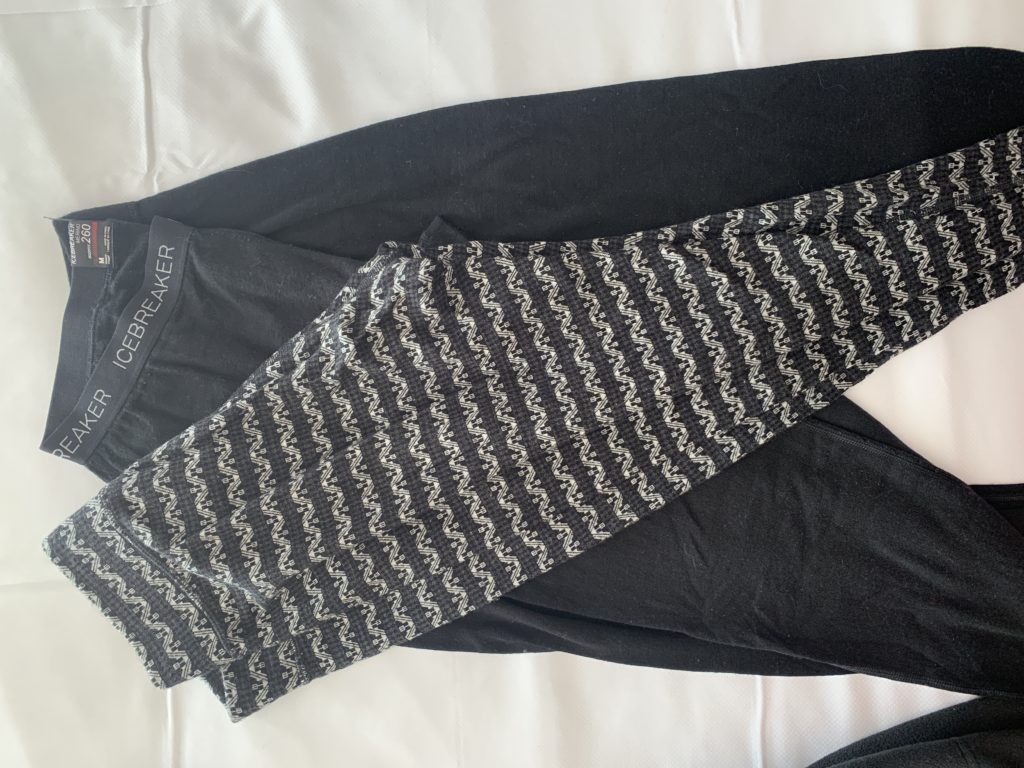
3. Fleece Tops & Pants (Middle Layer)
Fleece is the ideal material for a mid-layer as it is made from long lasting synthetic fibre that is able to trap air and keep you warm. I usually wear a fleece under the coast and take off the coat if it gets sunny, and if its super warm I take off the coat and the fleece to stay in a base layer.
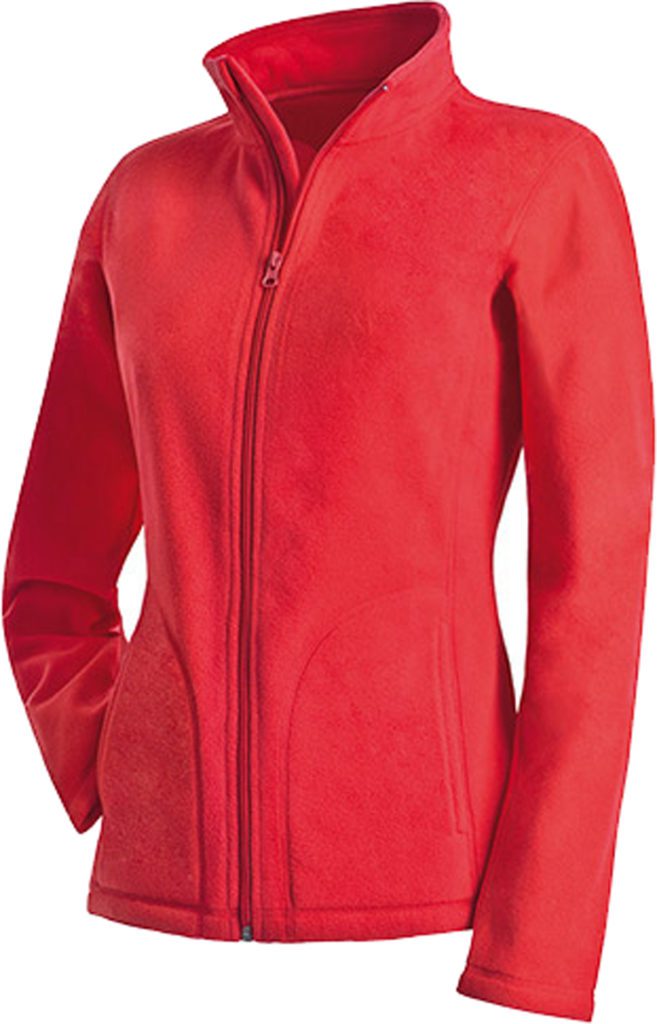
4. Warm Socks
Choosing warm, moisture-proof, and well-fitting socks is very important. Socks that quickly become soggy or don’t fit well will lead to cold feet and blisters.
Things to look for when choosing winter socks:
- Merino wool is considered one of the best sock materials, especially for winter. But acrylic, polyester, and synthetic/wool blends are also good alternatives. Any fabric that is good at keeping in warmth and taking away moisture. Avoid cotton!
- The thicker the sock, the warmer it will likely be. Just be sure that your socks fit comfortably into your shoes and boots.
- If you are going to ski destination/resort and you’ll be skiing, I do not recommend heavy thick wool as your feet might get wet; instead check the special ski long socks that are wool but are thin. Those are also good for Finland, but in Finland in particular, I got both the Ski socks as well as the thicker socks so I typically wear two layers of socks and still feel cold sometimes…
- In terms of height of sock, match it to the kind of shoes you will be wearing. If you will be wearing a high top hiking boot or boot, make sure the sock goes up past the shoes to prevent rubbing against your leg.
- If you are going to be doing a bit of hiking, you might consider a sock liner which is sort of like a base layer for your feet. They help keep your feet warmer, and can also protect against blisters. Just be sure that if you get a sock liner it is made of wool or a synthetic material that is good at keeping away moisture.
5. Waterproof Shoes or Boots
If you plan to spend any time outdoors wandering around in the snow, you’ll want a good pair of waterproof shoes or boots. If you are also visiting cities or doing a lot of indoor activities during your trip, I’d also recommend packing a regular pair of shoes to wear for indoor days and for travel days.
Your choice of footwear should depend on what you plan to do in Finland/ The cold destination you’ll visit. If you are just planning to walk around the snow then you can just get a general pair of waterproof shoes or snow boots. But if you are doing winter activities you’ll want a more heavy duty pair. If you are going hiking, you’ll definitely want a good pair of waterproof hiking boots.
My snow-boots that I tried and still use are a) Columbia B) Moon–boots Chiarra Ferragni and C) snow-boots that I found in a local shop in Helsinki . – in winter destinations you’ll always find winter boots, anything basically you get from the country should be a good choice for the country itself. Ive also used Timberland, they were good.
6. Needed Accessories
- Scarfs and Buffs
- Ear Muffs
- Hat
- Sunglasses
- Gloves & Windproof warm gloves
- Photography Gear
Camera
Tripod
Memory cards
Spare batteries
Camera Accessories (lenses, case, strap, selfie stick, chargers, etc.) - Backpack (small, but fits much)
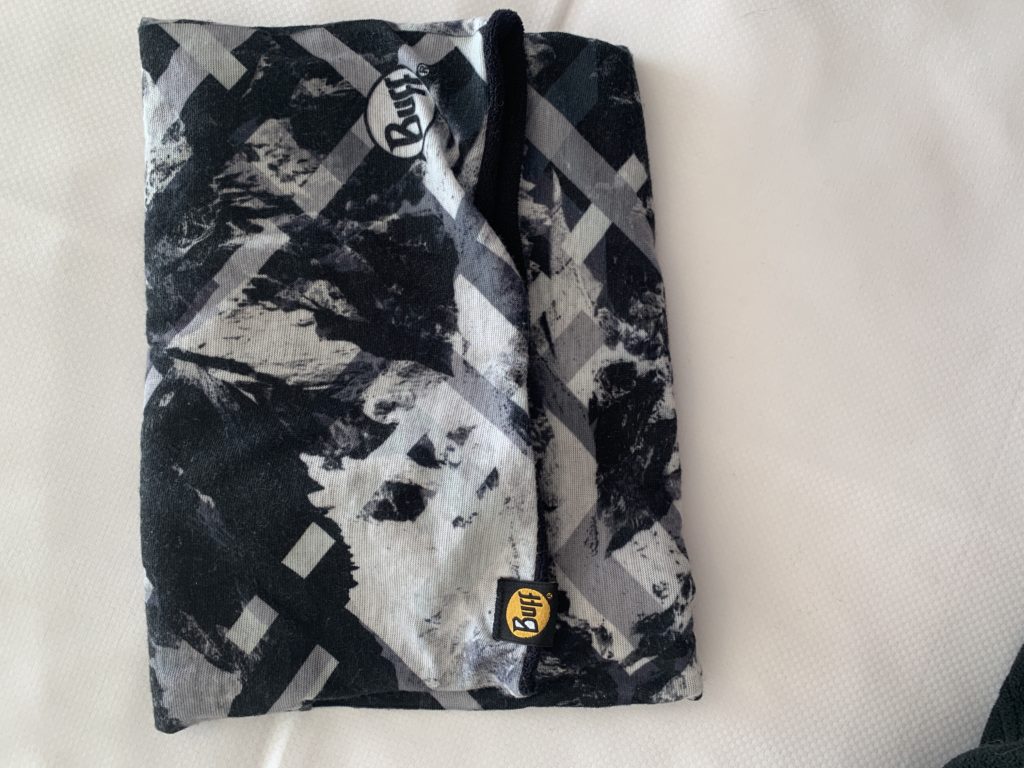
This should pretty much cover it all.. If you are still confused I highly recommend you to check on YouTube and find someone who’s demonstrating their winter layering and it could give you better clarify.. enjoy the cold and stay warm!!
Fatima

